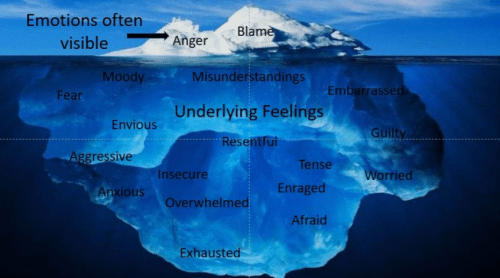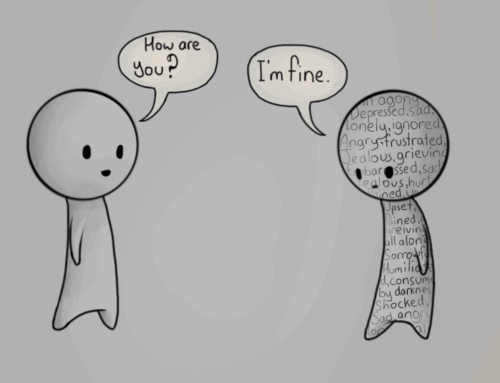Be Wary of Your “Go To” Emotion
January 19, 2022
Categories: Emotion
We each have certain emotions or reactions that we tend to go to more naturally. For example, some people go to anger pretty easily. It’s their natural reaction. Others tend to express sadness. Still others might feel scared quite often. We each experience a range of emotions, obviously, but for some of us, one particular emotion might dominate.
Emotions Signal Our Needs
The problem with having a “go to” emotion, is that emotions are a good signal of our needs. For example, if you are feeling angry, it usually means a boundary has been crossed, and you need help setting (or re-setting) a boundary. If you are feeling sad, it usually means you have experienced a loss and need comfort. If you are feeling scared, it usually means you are experiencing a threat and need protection.
Mixed-Up Emotions
If your emotions get a bit mixed up, and you go to anger even though you are actually feeling sad, you might try to do something to meet your need that doesn’t work. For example, maybe you try to set a boundary (because you are in touch with anger), but what you actually need is comfort (because of the underlying sadness).
3 Steps to Sort Out Your Emotions
Here are 3 steps that can help sort this problem out.
- Keep track of your emotions. Sometimes we don’t really know whether one emotion tends to dominate our experience, because we haven’t thought too much about what we are feeling. If this describes you, it can be helpful to track your emotions throughout the day. Set an alarm on your phone three times per day. When your alarm dings, pause for a minute and self-reflect. What are you feeling right now? Do this for a few days, and get a sense of what emotions tend to dominate your experience.
- We often feel emotions in our bodies. If you are having trouble identifying your emotions, it can help to cue into our bodily sensations. For example, we often feel anger as a tightening of the muscles in our face and shoulders. We might even clench our fists. We often feel sadness as a heaviness in our heart or chest. We might even tear up or cry. We often feel fear as a jumpiness or butterflies in our stomach. Notice what your body is telling you about your emotions.
- Be cautious of your dominant emotion. Once you figure out which emotion tends to be your “go to” emotion, be a bit cautious when you react in that way. Think about whether there might be another emotion that is connected to the primary emotion, but is hiding underneath the surface. See if you might be able to explore that emotion a bit. For example, ask yourself, “If I was actually feeling sad right now, what would that sadness be about?”
Discussion
What is your “go to” emotion? Are there any emotions hiding underneath the surface that might be good for you to explore further?

Related Thoughts

Subscribe To My Newsletter
Join my mailing list to receive the latest blog posts.
Receive my e-book “The Mental Health Toolkit” for free when you subscribe.





